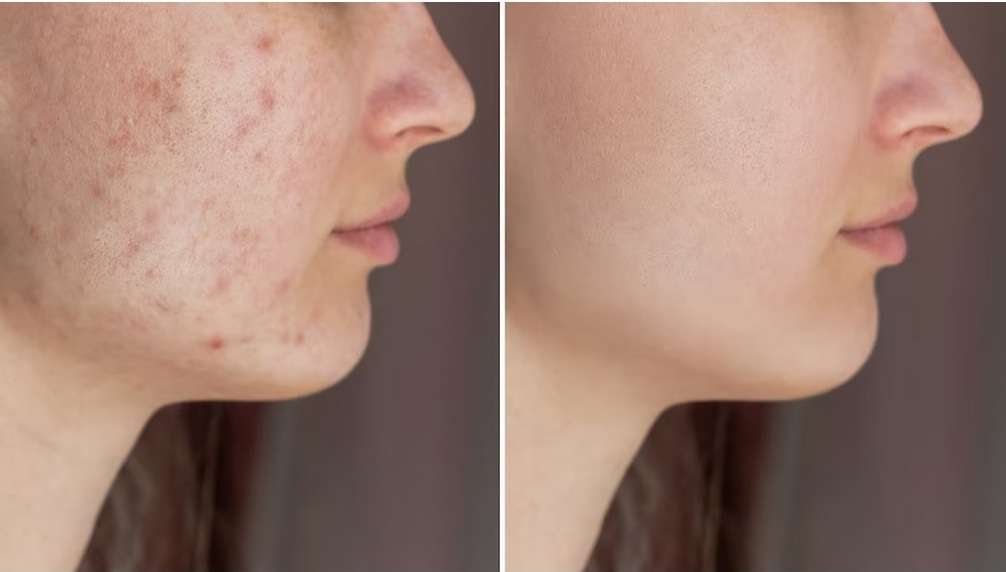Navigating the aftermath of painful, pus-filled spots can be challenging, especially when those persistent pimples leave behind noticeable scars – ranging from faint red marks to more significant skin indentations. While some post-acne blemishes fade quickly, others prove more stubborn. Fortunately, a variety of at-home and clinical options exist to help diminish the lingering signs of acne and pimple scarring.
Dermatology experts shed light on the causes and solutions for acne scarring:
Why does acne cause scarring?
Inflammation, stemming from clogged and infected pores, is the primary culprit behind acne scarring. Dr. Ifeoma Ejikeme, a medical consultant and Kelo-Cote skin ambassador, explains that the inflammation and pus associated with acne result in damage to the dermis (the middle layer of the skin). The healing process leads to scarring, which can manifest as red or brown marks, depending on skin type.
Factors like the degree of inflammation and genetics contribute to the severity of scars. Dr. Rabia Malik, a GP and holistic aesthetic doctor, emphasizes that improper extraction of spots, such as squeezing or picking, can further damage the skin and cause permanent scarring.
Different types of acne scars
Acne scarring falls into two main categories: hypertrophic and atrophic. Hypertrophic and keloid scars are thick and lumpy, while atrophic scars are flat, shallow depressions commonly caused by cystic acne. Atrophic scars include boxcar scars with wide, box-like edges, rolling scars that create uneven skin texture, and ice pick scars, which are narrow indentations.
It’s crucial to distinguish between scarring and post-acne pigmentation, as the latter is the body’s response to injury, resulting in the production and delivery of melanin to the skin’s surface.
Skincare solutions
For mild to moderate scarring, skincare serves as the initial step. Serums and face creams containing niacinamide or retinoids, known to increase collagen production and improve skin texture, are recommended. Additionally, alpha and beta hydroxy acids, such as azelaic acid, lactic acid, and salicylic acid, facilitate cell turnover and diminish acne scars’ appearance.
Prescription-grade medication may be necessary for those requiring more intensive treatment.
Aesthetic treatments
Severe scarring warrants consultation with a GP, dermatologist, or specialist aesthetic practitioner. Microneedling stimulates collagen and smooths scars, while laser resurfacing treatments target damaged skin layers. Chemical peels assist in skin renewal.
Ablative laser, akin to hair removal, targets scar pigment and eliminates it. Dermal fillers can temporarily reduce the appearance of atrophic scars, including pitted scars.
Professional advice is essential, as treatments vary based on scar type. Microneedling, for example, may not be effective for ice pick scars, and caution is needed with keloid scars.
Preventing and addressing ongoing acne
To prevent further scarring, establishing an effective skincare routine or seeking medical treatment for ongoing acne is crucial. GPs can offer preventative measures, while dermatologists can provide tailored solutions for existing scarring.
In conclusion, understanding the causes and available treatments empowers individuals to address acne scars effectively, promoting healthier and clearer skin.


